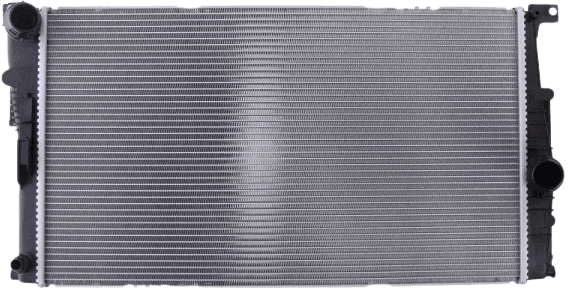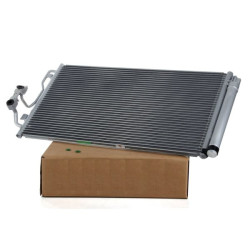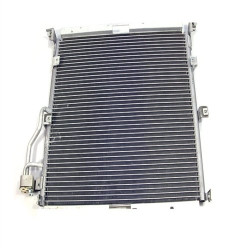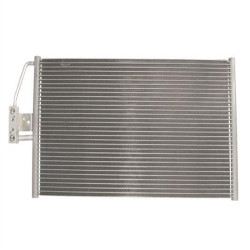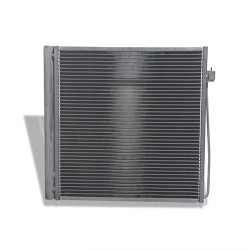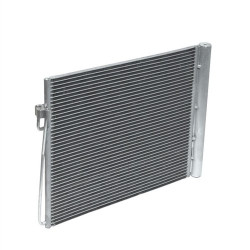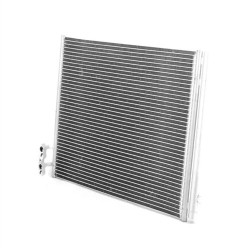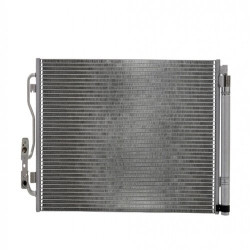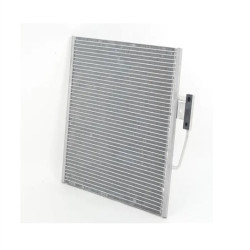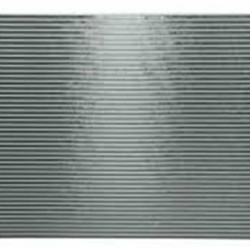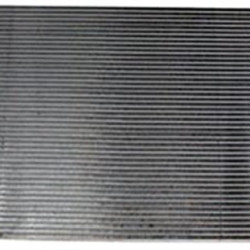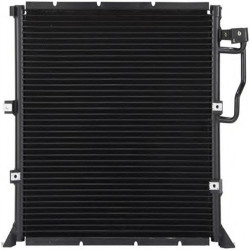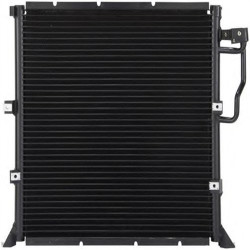BMW Air Conditioning Radiator
The BMW air conditioning radiator is a component that helps in the liquefaction and cooling of the air that is compressed and heated by the vehicle's compressor when it does not liquefy.
BMW Air Conditioning Radiator: Features and Historical Development
The BMW air conditioning radiator is a critical component for ensuring in-vehicle comfort. The air conditioning radiator cools the air inside the cabin by transferring the heat of the refrigerant to the outside environment. In this article, we will examine the features and historical development of the BMW air conditioning radiator.
Features of the Air Conditioning Radiator
BMW air conditioning radiators are designed to provide high performance and durability. Here are some key features of these radiators:
High Heat Transfer Efficiency: BMW air conditioning radiators have a thin tube and fin structure that provides high heat transfer efficiency. This structure allows the heat of the refrigerant to be expelled quickly.
Lightweight and Durable Materials: Air conditioning radiators are typically made from lightweight and durable materials like aluminum. This reduces the weight of the vehicle while ensuring the radiator's longevity.
Corrosion Resistance: BMW air conditioning radiators are coated with materials resistant to corrosion. This increases the radiator's durability against environmental factors and ensures long-term use.
Compact Design: These radiators have a compact and efficient design that fits into the vehicle's engine compartment. This provides ease of installation and compatibility with vehicle design.
Historical Development
The historical development of BMW air conditioning radiators has undergone continuous innovations and improvements alongside advancements in automotive technologies:
Early Periods (1970s and Earlier): In the first BMW vehicles, air conditioning radiators were made from larger and heavier materials. Cooling efficiency was limited, and radiators often required maintenance.
1980s: During this period, lighter and more efficient materials like aluminum began to be used. Radiator designs became more compact, and cooling performance improved.
1990s: BMW increased corrosion resistance in air conditioning radiators by using new coating technologies. Systems integrated with electronic control units began to optimize air conditioning performance.
2000s and Beyond: In modern BMW vehicles, air conditioning radiators are produced using advanced materials and manufacturing techniques. Both performance and environmental impacts have been optimized with eco-friendly refrigerants and energy-efficient designs. Additionally, thanks to electronic control systems, air conditioning performance can be adjusted more precisely.
Conclusion
BMW air conditioning radiators are critical components designed to provide high performance, durability, and efficiency. Historically, these radiators have undergone continuous innovations and improvements, ensuring that BMW vehicles offer superior air conditioning performance. Manufactured with high-quality materials and advanced production techniques, BMW air conditioning radiators provide a comfortable driving experience for both the driver and passengers. The historical development of air conditioning radiators reflects advancements in automotive technologies, making each new generation of BMW vehicles more efficient and durable.
 Türkçe
Türkçe
 English
English
 Русский
Русский

